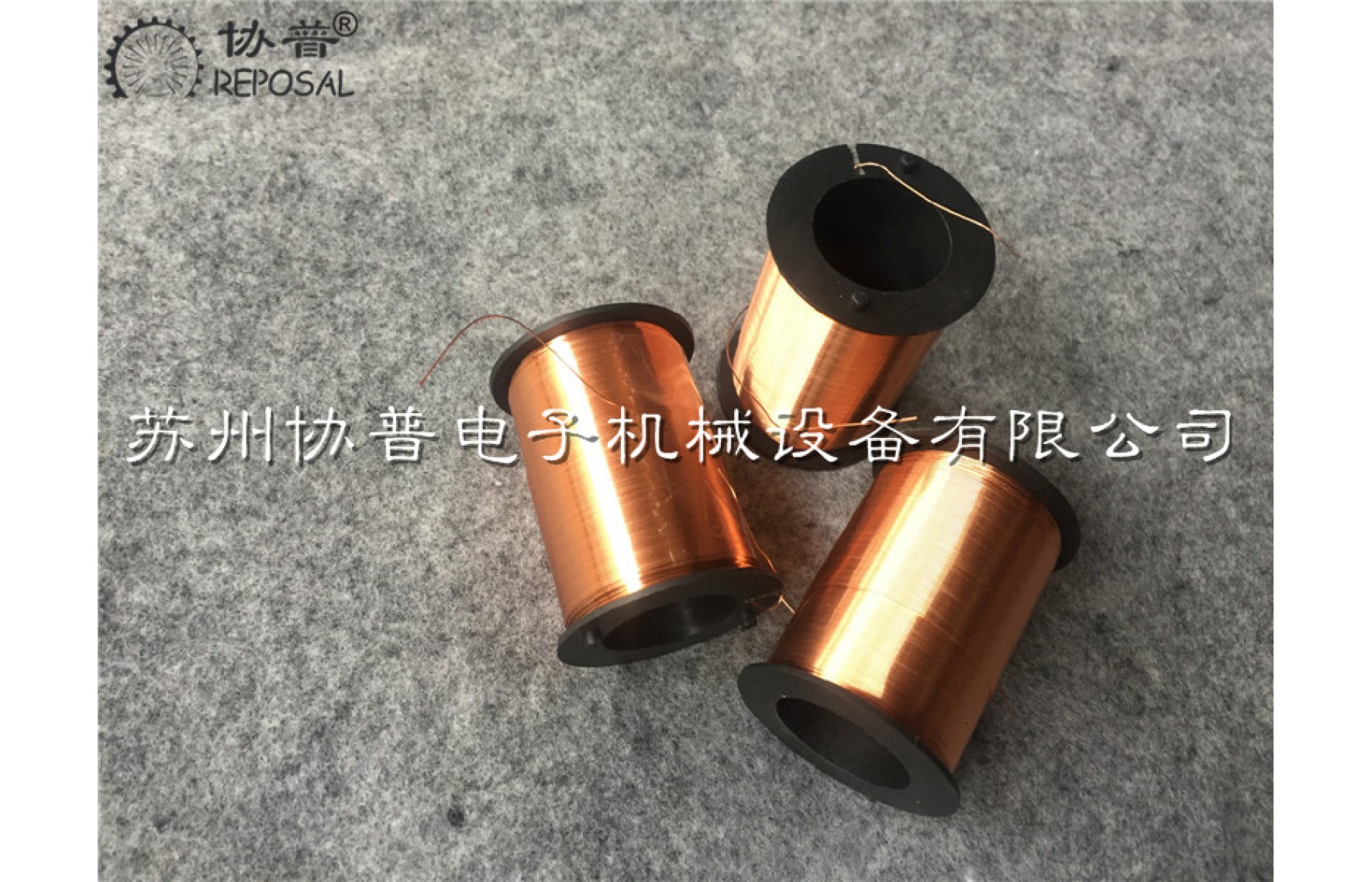Precision CNC winding machine

Precision CNC winding machine
In the process of winding the coil on the precision automatic winding machine, the coil enameled wire is placed in a spiral shape in each layer. Since the direction of movement from one layer to the other changes between the opposite directions, part of the wires intersect and part of them lies in the gap of the lower layer. If the guiding structure of the lower layer does not exist, and if the number of layers exceeds a certain limit, the structure cannot be maintained, and disorderly windings are produced. At this time, as a temporary measure, it can be improved by using a separate thicker insulating layer.
When most of the circumference of the winding is parallel to the coil flange surface, the smallest coil volume can be obtained. If the winding action of the precision automatic winding machine cannot be performed correctly, the self-directing ability of the wire will be lost, and a disorderly winding structure will be produced. In general, the first layer of basic coil mainly determines the location and quality of the winding step. Therefore, in order to make the winding self-guide to be able to execute correctly, the algorithm and accuracy of the precision automatic winding machine are very high requirements.
It is not difficult to find that when the precision automatic winding machine is winding the coil, the enameled wire needs to enter the winding space as tangentially as possible. In this way, unnecessary excessive bending of the wire is avoided, and the space required for the second layer winding is minimized. For the neatly arranged coils, the winding crossover part should always be located in the area of the wire entering the winding space, and extend continuously in the opposite direction relative to the previous layer of winding in a spiral form. As a result, the larger winding width of the coil results in a larger winding step area along the circumference of the coil. Compared with the enameled wire entry point, the offset created from the first layer to the second layer causes the position of the layer steps to be different. This phenomenon repeats in each layer, thus forming a spiral cross section on the side of the winding. Since the enameled wires cross in the crossing area, the winding height is increased. As a result, a sinusoidal-wound coil with a grounded circular coil will never be circular in cross section, but radially moving windings and layered steps will produce a hump shape.
